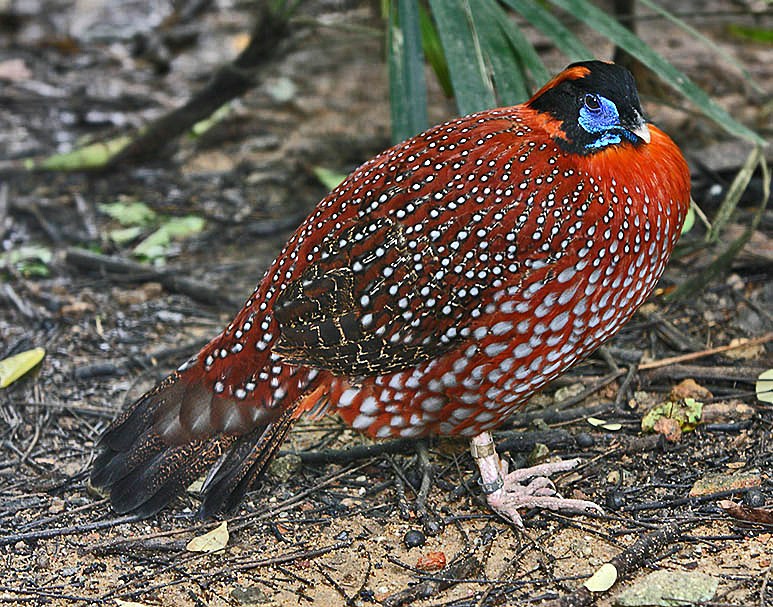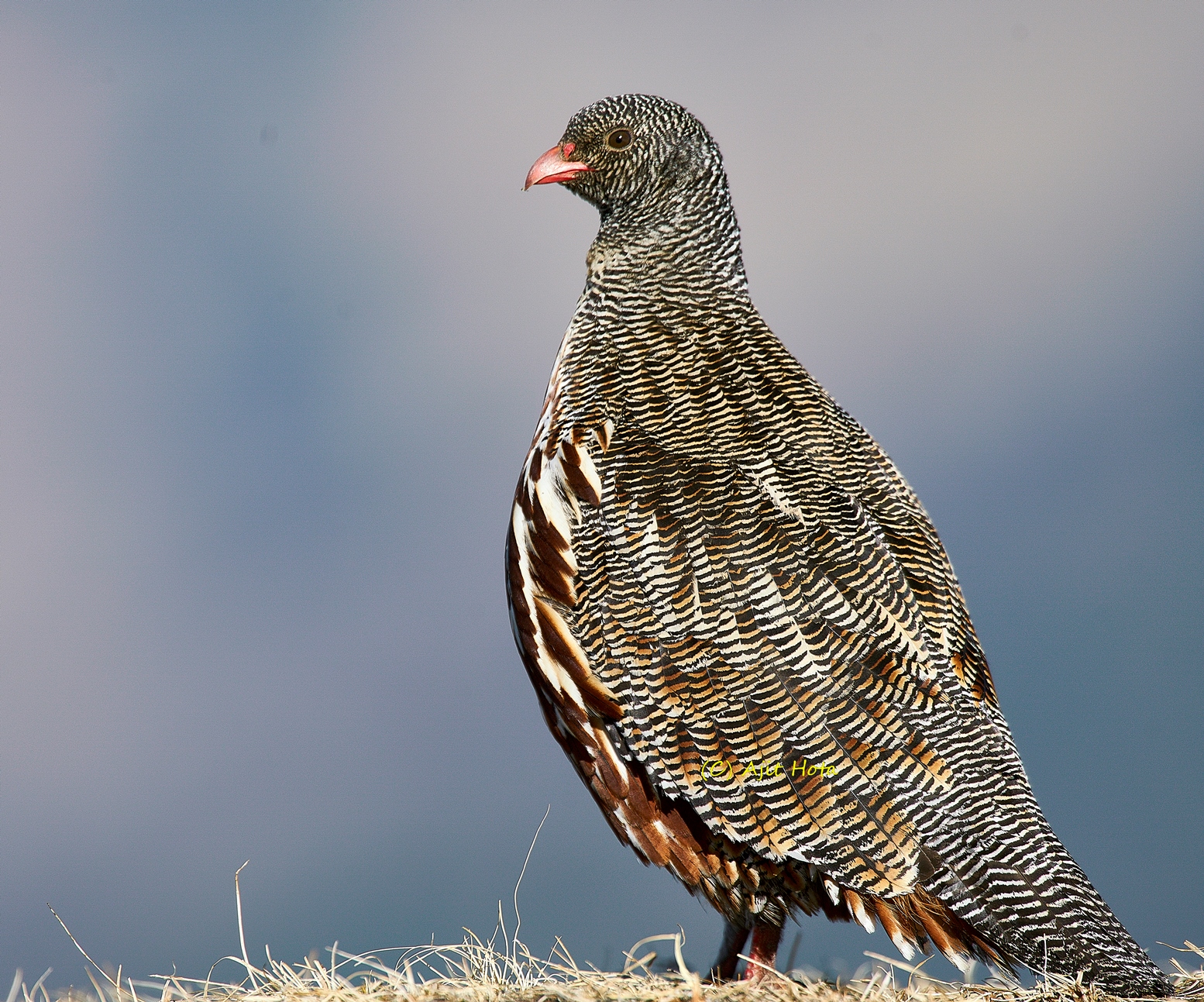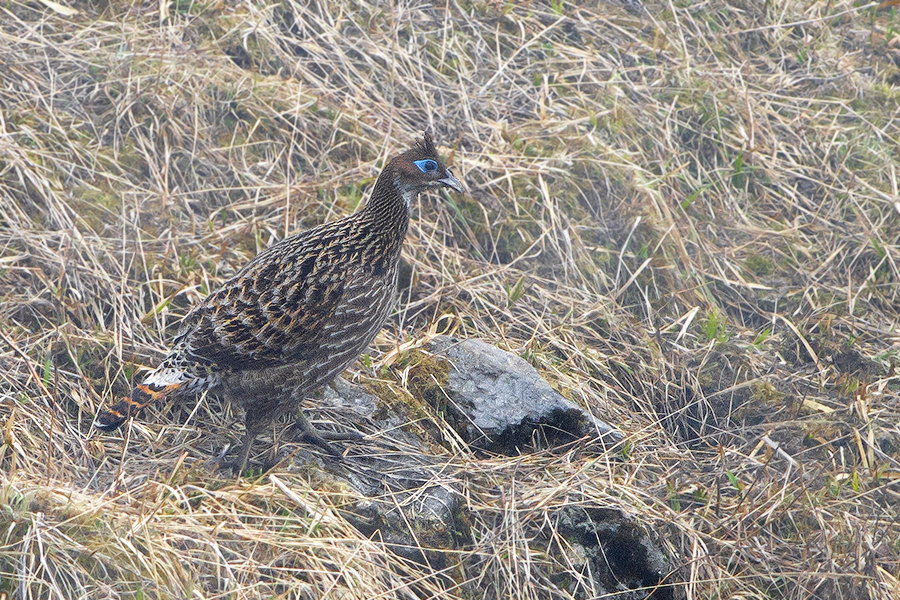|
Lophophorini
Lophophorini is a tribe of bird in the subfamily Phasianinae. It contains three genera of pheasant found throughout Asia. This grouping was supported by a 2021 phylogenetic analysis of Galliformes, and accepted by the International Ornithological Congress. The tribe name is accepted by the ''Howard and Moore Complete Checklist of the Birds of the World The ''Howard and Moore Complete Checklist of the Birds of the World'' is a book by Richard Howard and Alick Moore which presents a list of the bird species of the world. It was the first single-volume world bird list to include subspecies names, ....'' Species References {{Taxonbar, from= Q16572676 Bird tribes Lophophorini ... [...More Info...] [...Related Items...] OR: [Wikipedia] [Google] [Baidu] |
Galliformes
Galliformes is an order of heavy-bodied ground-feeding birds that includes turkeys, chickens, quail, and other landfowl. Gallinaceous birds, as they are called, are important in their ecosystems as seed dispersers and predators, and are often reared by humans for their meat and eggs, or hunted as game birds. The order contains about 290 species, inhabiting every continent except Antarctica, and divided into five families: Phasianidae (including chicken, quail, partridges, pheasants, turkeys, peafowl (peacocks) and grouse), Odontophoridae (New World quail), Numididae (guinea fowl), Cracidae (including chachalacas and curassows), and Megapodiidae (incubator birds like malleefowl and brush-turkeys). They adapt to most environments except for innermost deserts and perpetual ice. Many gallinaceous species are skilled runners and escape predators by running rather than flying. Males of most species are more colorful than the females, with often elaborate courtship behaviors t ... [...More Info...] [...Related Items...] OR: [Wikipedia] [Google] [Baidu] |
Pheasant
Pheasants ( ) are birds of several genera within the family (biology), family Phasianidae in the order (biology), order Galliformes. Although they can be found all over the world in introduced (and captive) populations, the pheasant genera native range is restricted to Eurasia. The classification "pheasant" is Paraphyly, paraphyletic, as birds referred to as pheasants are included within both the subfamilies Phasianinae and Peafowl, Pavoninae, and in many cases are more closely related to smaller phasianids, grouse, and turkey (formerly classified in Perdicinae, Grouse, Tetraoninae, and Meleagridinae) than to other pheasants. Pheasants are characterised by strong sexual dimorphism, males being highly decorated with bright colours and adornments such as wattle (anatomy), wattles. Males are usually larger than females and have longer tails. Males play no part in rearing the young. A pheasant's call or cry can be recognised due to the fact it sounds like a rusty sink or valve b ... [...More Info...] [...Related Items...] OR: [Wikipedia] [Google] [Baidu] |
Phasianinae
The Phasianinae (Thomas Horsfield, Horsfield, 1821) are a subfamily (biology), subfamily of the pheasant family (Phasianidae) of landfowl, the order (biology), order Galliformes. The subfamily includes true pheasants, tragopans, grouse, Turkey (bird), turkey and similar birds. Although this subfamily was considered Monophyly, monophyletic and separated from the partridges, francolins, and Old World quails (Perdicinae) till the early 1990s, Molecular phylogenetics, molecular phylogenies have shown that this placement is paraphyletic. For example, some partridges ''(''genus ''Perdix'') are more closely affiliated to pheasants, whereas Old World quails and partridges from the genus ''Alectoris'' are closer to junglefowls. There are two clades in the Phasianinae: the erectile clade and the non-erectile clades. Both clades are believed to have diverged during the early Oligocene, about 30 million years ago. The Phasianinae are characterised by strong sexual dimorphism, males being ... [...More Info...] [...Related Items...] OR: [Wikipedia] [Google] [Baidu] |
Himalayan Monal
The Himalayan monal (''Lophophorus impejanus''), also called Impeyan monal and Impeyan pheasant, is a pheasant native to Himalayan forests and shrublands at elevations of . It is part of the family Phasianidae and is listed as Least Concern on the IUCN Red List. It is the national bird of Nepal, where it is known as the danphe or danfe, and state bird of Uttarakhand, India, where it is known as monal. The scientific name commemorates Lady Mary Impey, the wife of the British chief justice of Bengal, Sir Elijah Impey. Description It is a relatively large-sized pheasant. The bird is about long. The male weighs up to and the female . The adult male has multicoloured plumage throughout, while the female, as in other pheasants, is more subdued in colour. Notable features in the male include a long, metallic green crest, coppery feathers on the back and neck, and a prominent white rump that is most visible when the bird is in flight. The tail feathers of the male are uniformly ruf ... [...More Info...] [...Related Items...] OR: [Wikipedia] [Google] [Baidu] |
Satyr Tragopan
The satyr tragopan (''Tragopan satyra'') also known as the crimson horned pheasant, is a pheasant found in the Himalayan reaches of India, Tibet, Nepal and Bhutan. They reside in moist oak and rhododendron forests with dense undergrowth and bamboo clumps. They range from 2400 to 4200 meters in summer and 1800 meters in winter. The male is about 70 cm long. When it is mating season, male satyr tragopans grow blue horns and a gular wattle. When ready to display, they will inflate their horns and hide behind a rock, waiting for females to pass by. When one does, they will perform an elaborate display in front of the females. At the end of the display, the male will stretch to his full height and show off all of his ornaments. Females are brown. Males are usually red with blue, black, and white spots and freckles. Although the least threatened of the tragopans, satyr tragopans still face many threats. The species is thought to have a moderately small population that is subject ... [...More Info...] [...Related Items...] OR: [Wikipedia] [Google] [Baidu] |
Chinese Monal
The Chinese monal or Chinese impeyan (''Lophophorus lhuysii'') is a pheasant. This monal is restricted to mountains of central China. The plumage is highly iridescent. The male has a large drooping purple crest, a metallic green head, blue bare skin around the eyes, a reddish gold mantle, bluish green feathers and black underparts. The female is dark brown with white on its throat. This is the largest of the three monals and, by mass, is one of the largest pheasants (after the turkeys and the green and Indian peafowls). Males measure in length while females measure . The mean weight is reportedly .Biddle, Tami Davis, ''Pheasants, Partridges, and Grouse : A Guide to the Pheasants, Partridges, Quails, Grouse, Guineafowl, Buttonquails, and Sandgrouse of the World (Princeton Field Guides)''. Princeton University Press (2002), The scientific name, ''lhuysii'', commemorates the French statesman Édouard Drouyn de Lhuys. Due to ongoing habitat loss and degradation, limited range and i ... [...More Info...] [...Related Items...] OR: [Wikipedia] [Google] [Baidu] |
Sclater's Monal
Sclater's monal (''Lophophorus sclateri'') also known as the crestless monal is a Himalayan pheasant. The name commemorates the British zoologist Philip Lutley Sclater. Taxonomy There are two recognized subspecies: * ''L. s. arunachalensis'' (Kumar and Singh, 2004) - northern India * ''L. s. sclateri'' (Jerdon, 1870, ) - nominate - Himalayas of northeast India to southwest China Description Sclater's monal is a large, approximately long, monal pheasant. As with other monals, the male is a colourful bird. It has a highly iridescent purplish-green upperparts plumage, short and curly metallic green crown feathers, copper neck, purplish-black throat, white back, blue orbital skin, yellowish-orange bill and brown iris. In the nominate subspecies, the tail is white with a broad chestnut band, while the tail is entirely white in ''L. s. arunachalensis'' from western Arunachal Pradesh in India.Suresh Kumar R. & P. Singh (2004). ''A new subspecies of Sclater’s monal Lophophorus sclater ... [...More Info...] [...Related Items...] OR: [Wikipedia] [Google] [Baidu] |
Himalayan Monal Adult Male East Sikkim Sikkim India
{{Disambiguation, geo ...
Himalayan may refer to: * Himalayas mountain range ** Transhimalaya, a subrange (some species found there are referred to as "Himalayan" not "Transhimalayan") * ''Himalayan'' (album), an album by the band Band of Skulls * Himalayan cat, the breed of domesticated cat * Himalayan guinea pig, a coloration pattern in the domesticated guinea pig (cavy) * Himalayan rabbit, the breed of rabbit * The Himalayans (band), a Nepali band * The Himalayans (American band) See also * Himalaya (other) The Himalayas or Himalaya are a mountain range in Asia. Himalaya may also refer to: People * Andy Himalaya (born 1959), Mexican Alpine skier * Prince Himalaya of Nepal (1921–1980) Entertainment * Himalaya (book), ''Himalaya'' (book), a 2004 tr ... [...More Info...] [...Related Items...] OR: [Wikipedia] [Google] [Baidu] |
Szechenyi's Monal-partridge
Szechenyi's monal-partridge (''Tetraophasis szechenyii'') or the buff-throated partridge, is a member of the family Phasianidae in the order Galliformes. They are endemic to western China. Taxonomy The common name, as well as the Latin binomial, of the Szechenyi's monal-partridge commemorates Graf Bela Szechenyi, a Hungarian explorer. Complete mitochondrial genome sequencing of the species places the Szechenyi's monal-partridge in the genus Tetraophasis in the family Phasianidae. Phylogenetic positioning of the Tetraophasis has been understudied, though there is strong support that it and genus Lophophorus are sister genera, forming a subclade with Tragopan. Description The Szechenyi's monal-partridge is a sexually monochromatic, medium-sized species of partridge. It has a distinct orange horizontal teardrop shaped eye ring, a light gold gorget, as well as a crest that it can occasionally flare up. The species has a grey upper chest and speckled orange and grey belly. They ... [...More Info...] [...Related Items...] OR: [Wikipedia] [Google] [Baidu] |
Verreaux's Monal-partridge
Verreaux's monal-partridge (''Tetraophasis obscurus'') or the chestnut-throated partridge, is a bird species in the family Phasianidae. It is found only in central China. Its natural habitat is boreal forest. The common name commemorate the French naturalist Jules Verreaux Jules Pierre Verreaux (24 August 1807 – 7 September 1873) was a French botanist and ornithologist and a professional collector of and trader in natural history specimens. He was the brother of Édouard Verreaux and nephew of Pierre Antoine Dela .... References Verreaux's monal-partridge Birds of Central China Endemic birds of China Verreaux's monal-partridge Taxonomy articles created by Polbot {{Galliformes-stub ... [...More Info...] [...Related Items...] OR: [Wikipedia] [Google] [Baidu] |
Cabot's Tragopan
Cabot's tragopan (''Tragopan caboti'') is a pheasant found in south-east China. The common and scientific names of this large bird both commemorate the ornithologist Samuel Cabot III. Other common names include the Chinese tragopan and the yellow-bellied tragopan. The population is divided into two subspecies, of which the nominate race is found in the provinces of Fujian, Jiangxi, Zhejiang, and Guangdong, and ''T. c. guangxiensis'' is confined to northeastern Guangxi and southern Hunan. The IUCN has assessed it as being a "vulnerable species". Description Cabot's tragopan is a plump ground-dwelling bird with relatively short legs. The male grows to a length of about and a weight of around while the female is about shorter and weighs around . The head of the male is black with reddish-orange streaks on either side and on the neck and similar-coloured bare skin on the cheeks and around the eye. Below the beak dangle blue and orange decorative, inflatable wattles and there ... [...More Info...] [...Related Items...] OR: [Wikipedia] [Google] [Baidu] |





